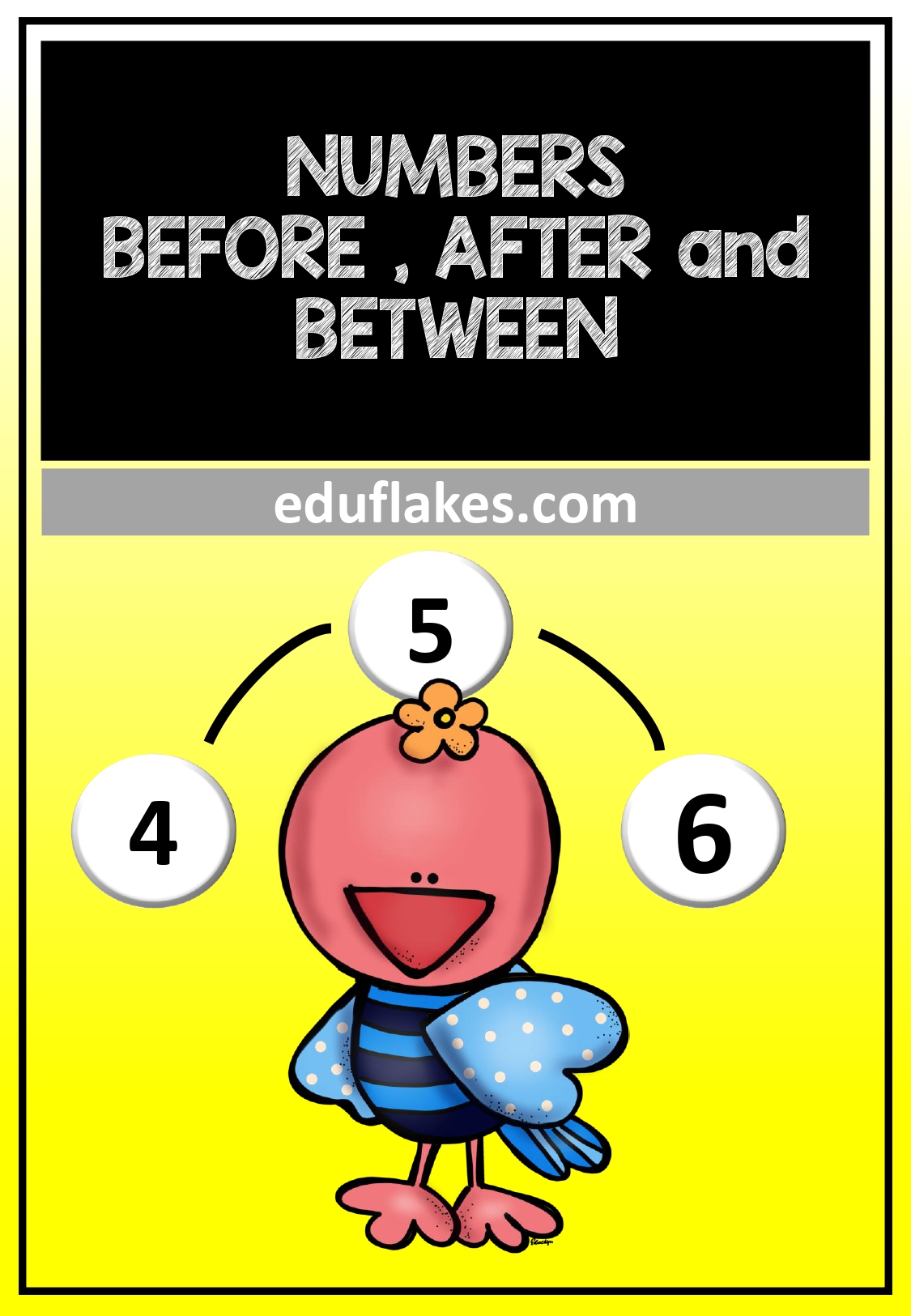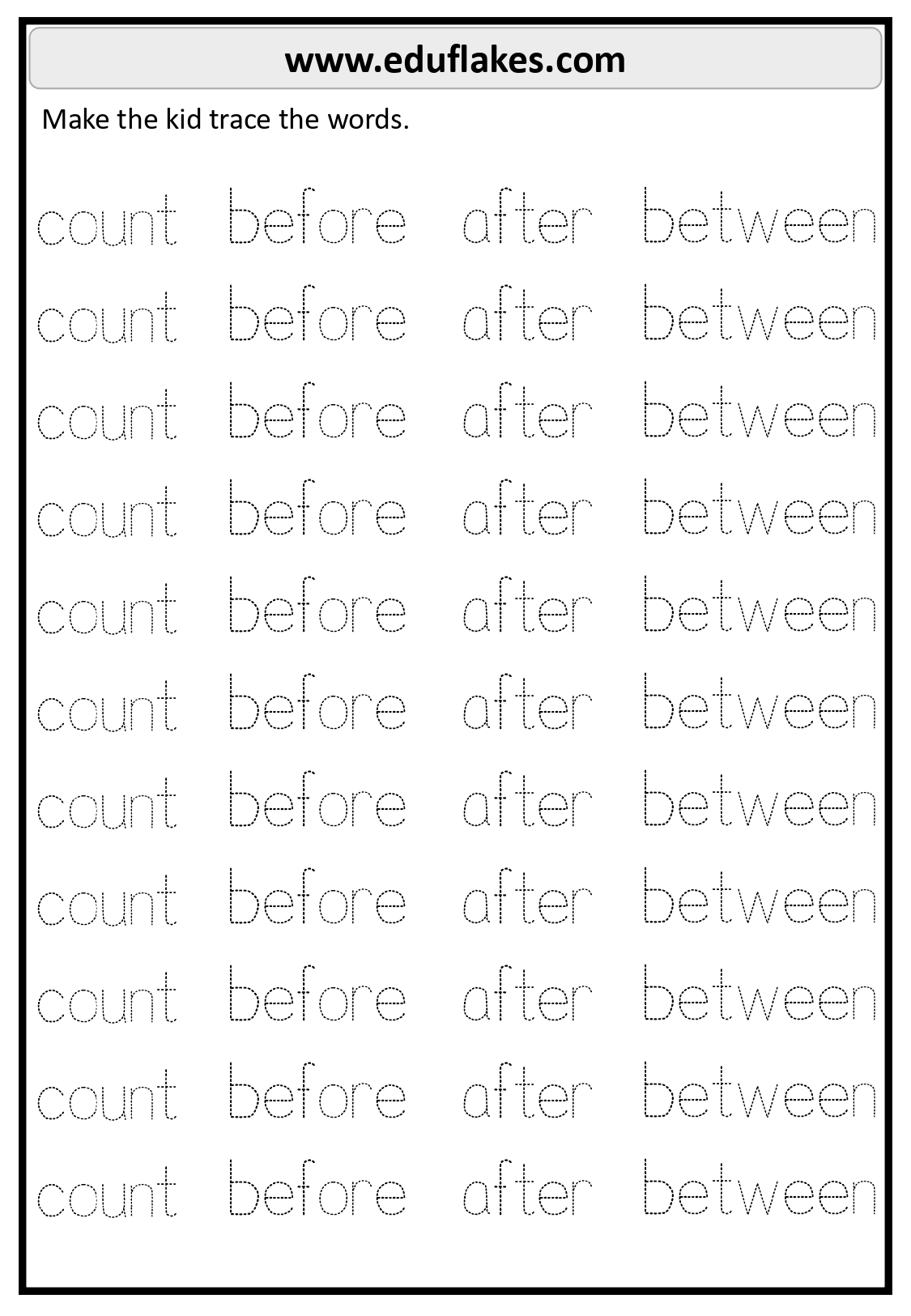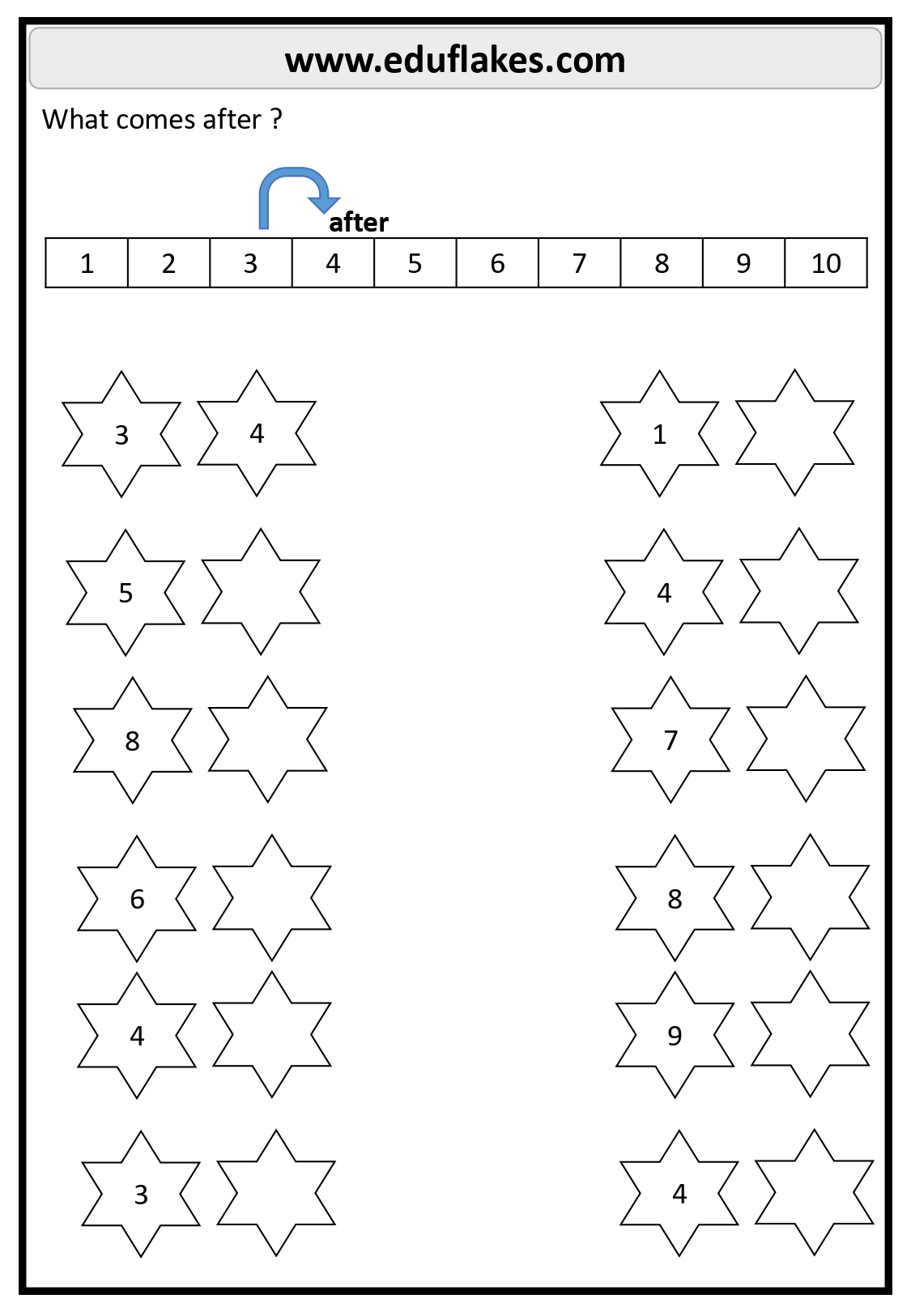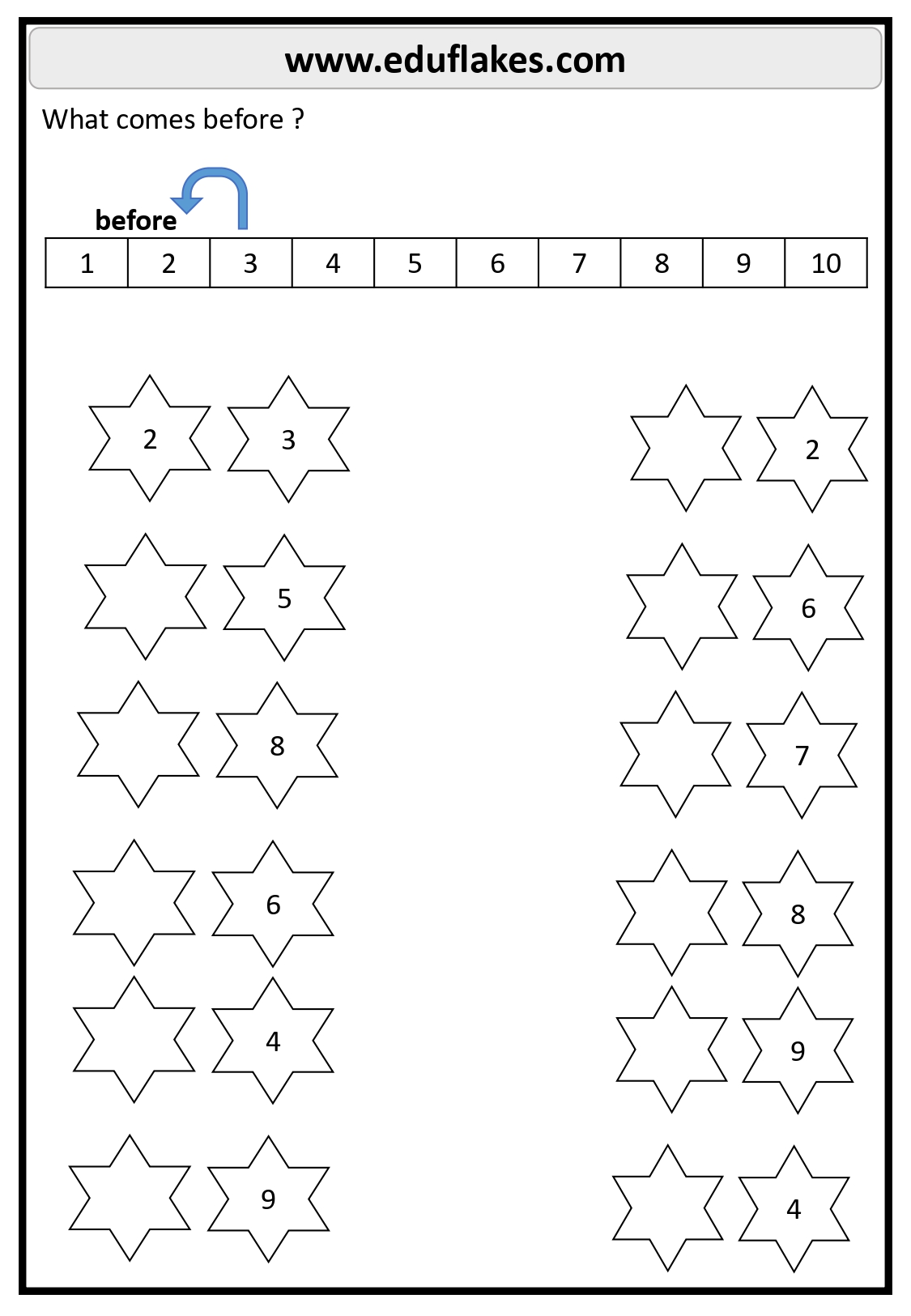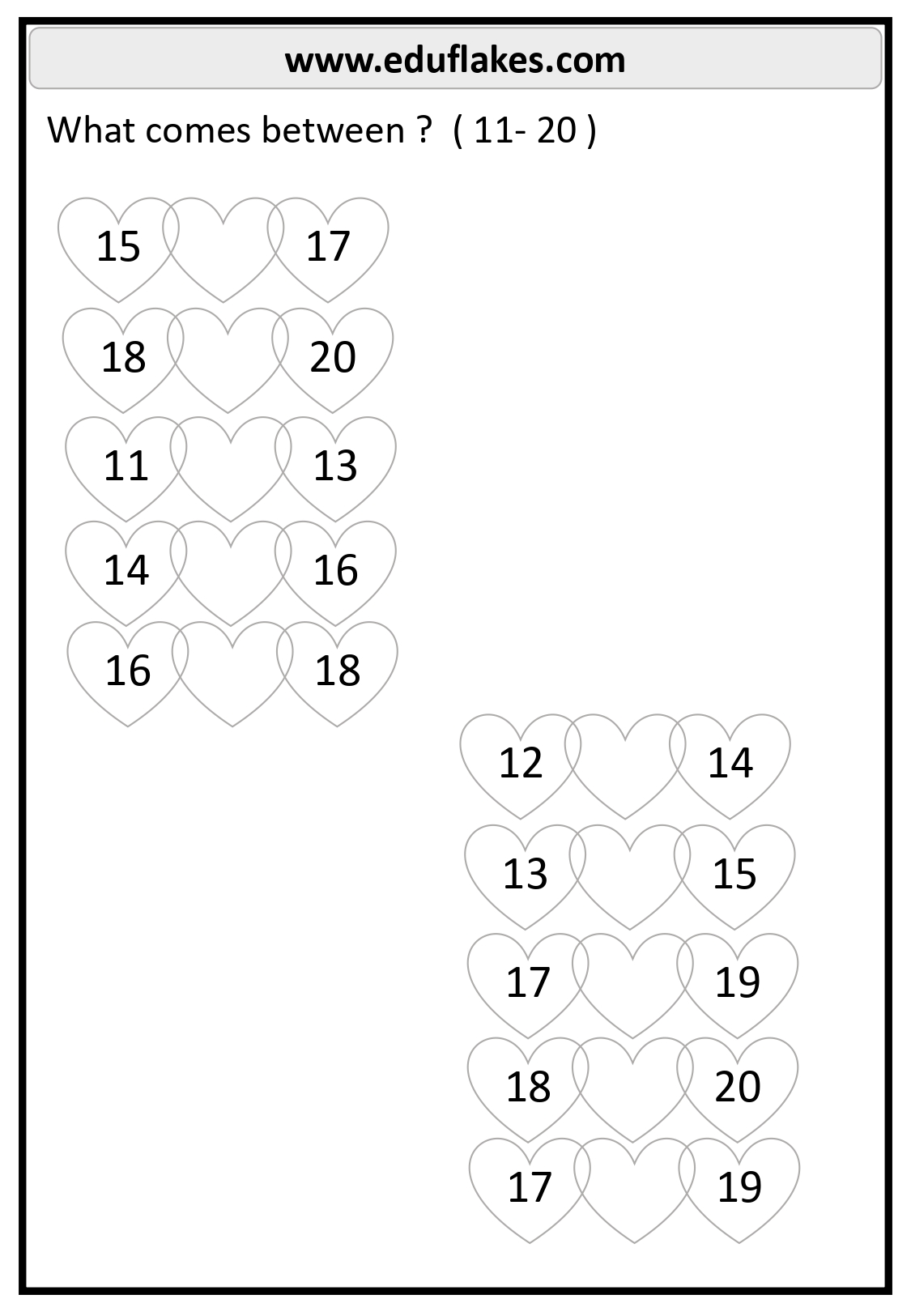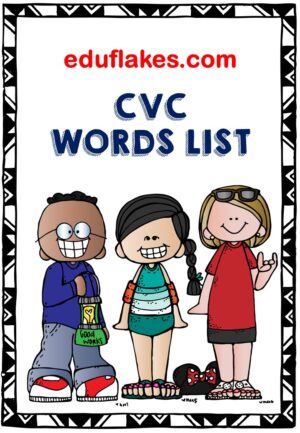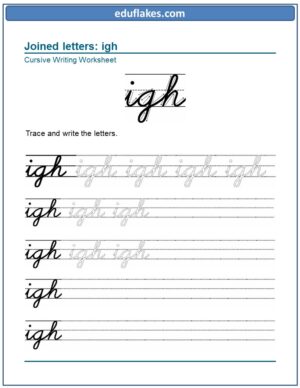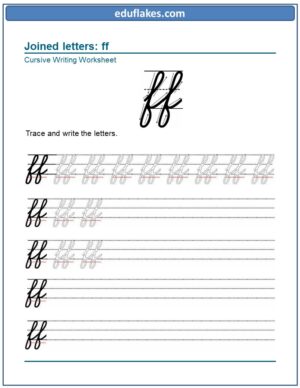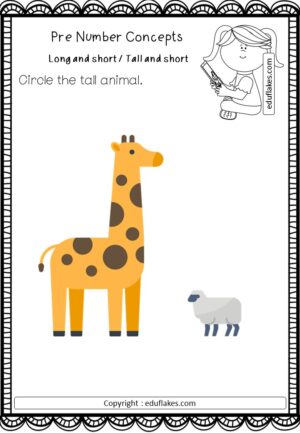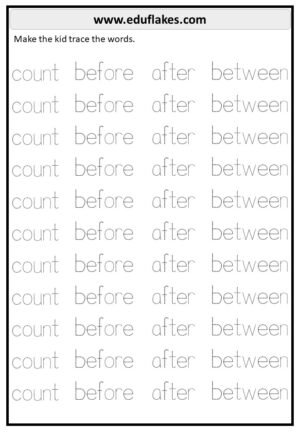Free worksheet for “before after between worksheets for kids” – Teaching number concepts like “before,” “after,” and “between” to little kindergarten students requires a hands-on, interactive approach that engages their curiosity and makes learning fun. Here’s how a teacher can effectively teach these concepts while incorporating the keywords:
- Introduce the Concepts: Start by introducing the concepts of “before,” “after,” and “between” using everyday language and familiar objects. For example, you could use a story or a song to introduce the idea of “before” as what comes first, “after” as what comes next, and “between” as what comes in the middle.
- Use Visual Aids: Incorporate visual aids such as number lines, pictures, or objects to help students understand the concepts visually. For instance, you could use a number line to show numbers in sequential order and demonstrate the concepts of “before” and “after.”
- Interactive Activities: Engage students in interactive activities that involve sorting, sequencing, and comparing numbers. Use worksheets or hands-on materials to practice identifying numbers that come before, after, or between given numbers. For example, you could use “before between after worksheets” where students fill in the missing numbers.
- Number Line Games: Play games that involve using a number line to reinforce the concepts of “before,” “after,” and “between.” For instance, you could create a “before and after number line game” where students take turns placing numbers in the correct order on a large number line displayed in the classroom.
- Real-Life Examples: Provide real-life examples and scenarios to help students understand how “before,” “after,” and “between” are used in everyday situations. For example, you could use a story about a birthday party to discuss the order of events (e.g., first, we decorate the cake, then we sing “Happy Birthday,” and finally we eat cake).
- Group Activities: Foster collaboration and peer learning by engaging students in group activities that involve sequencing and ordering numbers. Encourage students to work together to arrange numbers in the correct order and identify the numbers that come before, after, or between given numbers.
- Repetition and Reinforcement: Provide opportunities for repetition and reinforcement to help solidify students’ understanding of the concepts. Use a variety of activities, worksheets, games, and songs to reinforce the concepts of “before,” “after,” and “between” in different contexts.
- Assessment and Feedback: Regularly assess students’ understanding of the concepts through informal observation, questioning, and structured assessments. Provide feedback to students and offer additional support or practice as needed.
By incorporating these strategies and keywords into their teaching, teachers can effectively help little kindergarten students develop a strong understanding of number concepts like “before,” “after,” and “between” in a fun and engaging way.
